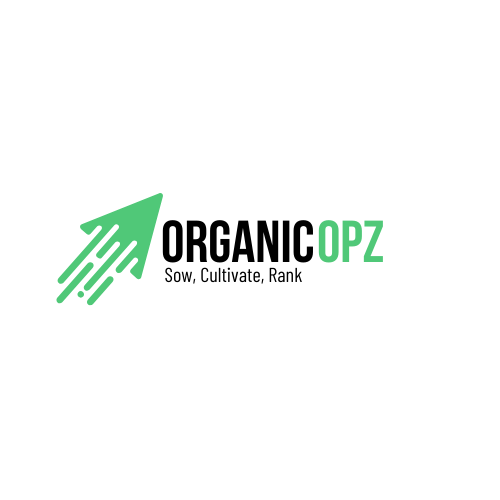How to Create High-Quality Content That Ranks
 OrganicOpz
OrganicOpzCreating high-quality content that ranks well on search engines is essential for online success. With the right strategies, you can craft content that stands out, engages readers, and achieves high rankings. Here's a comprehensive guide on how to create high-quality content that ranks effectively.
Understanding the Importance of Quality Content
High-quality content is crucial for several reasons. It improves user experience, increases engagement, and boosts search engine rankings. Quality content provides value to readers, addresses their needs, and offers fresh perspectives. By focusing on creating valuable content, you can build trust with your audience and improve your website's performance.
Focus Keyphrase: How to Create High-Quality Content That Ranks
The focus keyphrase, "How to Create High-Quality Content That Ranks," should be integrated naturally throughout your content. This includes the title, headings, URL, meta descriptions, and the first sentence of your content. By doing this, you enhance your content's SEO and make it easier for search engines to understand its relevance.
Using Synonyms and Related Keyphrases
To enhance the comprehensiveness of your content, use synonyms and related keyphrases. For example, phrases like "quality content creation," "SEO-friendly content," and "content that ranks" can be included naturally. This not only improves your SEO but also enriches your content, making it more valuable to readers.
Crafting Unique Meta Descriptions
Each page should have a unique meta description, including the focus keyphrase, and be around 100-150 characters. For instance, "Learn how to create high-quality content that ranks well on search engines and engages your audience effectively." This provides a concise summary that entices users to click through to your content.
Structuring Your Content for Readability
Break your content into smaller paragraphs, keeping them under 150 words to maintain readability, especially for mobile users. Use shorter sentences and avoid overly complex structures. This makes your content more accessible and easier to read, improving user experience.
Utilizing Subheadings
Use subheadings like <h2> and <h3> to break up your text and incorporate keywords. This makes your content easier to scan and helps search engines understand its structure. For example:
The Role of Subheadings in SEO
Subheadings play a vital role in organizing your content and improving readability. They guide readers through your text and highlight key points, making it easier to digest information.
Incorporating Transition Words
Transition words improve the flow of your content, making it more coherent and engaging. Words like "furthermore," "however," and "therefore" connect ideas and guide readers through your text.
Active Voice for Engagement
Limit the use of passive voice to make your sentences more direct and engaging. Active voice helps in creating clear and concise sentences, making your content more compelling.
Ensuring Accessibility with Flesch Reading Ease
Aim for a higher Flesch Reading Ease score to ensure your content is accessible to a broader audience. This involves using simple words and shorter sentences, making your content easier to understand.
Addressing Your Audience's Needs
Write with your audience in mind. Understand their needs, interests, and pain points. By addressing these, you create content that resonates with them, increasing engagement and building trust.
Avoiding Thin Content
Ensure each page has at least 300 words to provide enough information and avoid thin content. This helps in offering comprehensive insights and improving search engine rankings.
Clear Calls to Action (CTAs)
Include clear CTAs to guide readers on what to do next. This increases engagement and conversions. For instance, "Download our free guide on creating high-quality content that ranks" can be an effective CTA.
Regular Updates
Regularly update your content to keep it relevant and improve its performance in search rankings. Fresh content signals search engines that your website is active and up-to-date.
Conclusion
Creating high-quality content that ranks involves a combination of strategies focused on readability, engagement, and SEO. By following these guidelines, you can craft content that not only ranks well on search engines but also provides value to your audience. Start implementing these tips today to enhance your content's performance and achieve online success.
Subscribe to my newsletter
Read articles from OrganicOpz directly inside your inbox. Subscribe to the newsletter, and don't miss out.
Written by

OrganicOpz
OrganicOpz
Welcome to OrganicOpz, your partner in cultivating organic growth and optimizing your online presence. We specialize in personalized SEO strategies designed to help you rank higher, attract more organic traffic, and achieve long-term success in the digital landscape.